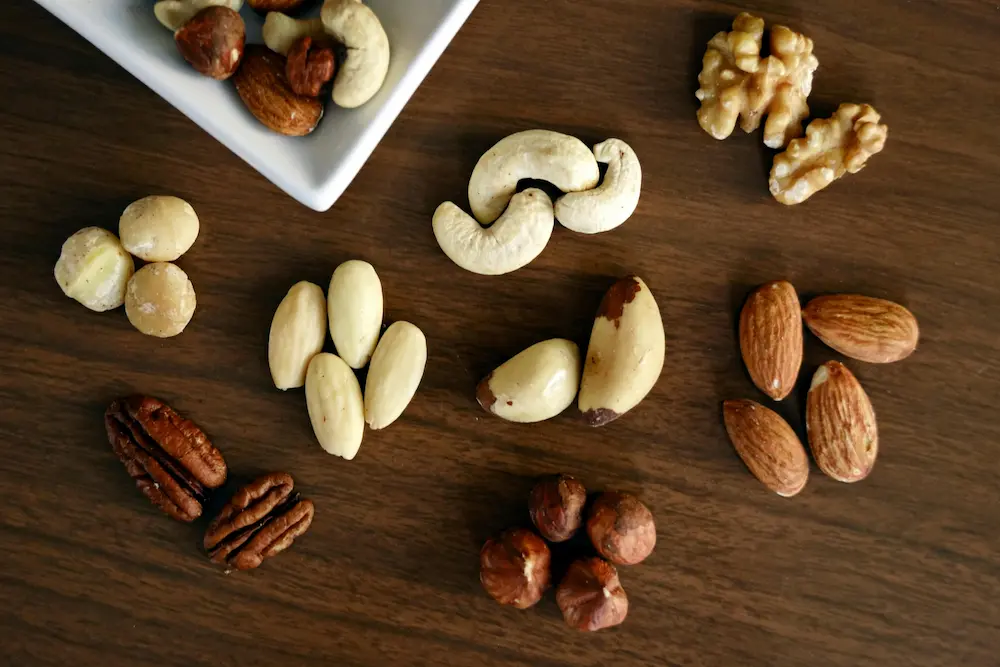
5 Common Mistakes People Make When Trying to Lose Weight (and How to Fix Them)
Losing weight can sometimes feel overwhelming and frustrating, especially when it seems like you’re doing everything “right” but not seeing results. As a fitness trainer and nutrition coach, I see people fall into the same traps time and time again. The good news? These mistakes are fixable with a few smart adjustments. Here are the five most common missteps and how to overcome them.

-
Cutting Too Many Calories
The logic of eating less to lose weight can quickly spiral into eating way too little. While it may seem like a fast track to results, extreme calorie restriction can slow your metabolism, drain your energy, and even lead to muscle loss. Plus, it’s not sustainable, you’ll likely find yourself in a cycle of binge eating and restricting.
Aim for a realistic and manageable calorie deficit. Think of it as creating a small, steady gap between what you consume and burn, not slamming on the brakes altogether.
Calculate your Total Daily Energy Expenditure (TDEE) using an online tool, then subtract 15-20% for a safe deficit. This allows you to lose weight while maintaining energy and muscle mass.
-
Being Overly Fixated on the Scale
Weighing yourself every day and letting the number dictate your mood or self-worth is a recipe for frustration. Weight fluctuates for reasons beyond fat loss, hydration, hormones, and even the time of day can cause shifts.
Focus on non-scale victories, like how your clothes fit, your energy levels, and physical performance. Remember, progress is more than a number!
Take weekly progress photos and measurements. Keep a journal to track improvements in your mood, energy, and fitness. Celebrate all the small wins that reflect your overall health journey.
-
Doing Too Much Cardio and Neglecting Strength Training
Cardio has its benefits, but relying on it alone for weight loss is like building a house with just one tool. Strength training is what helps you build muscle, which keeps your metabolism active and helps you burn more calories even at rest.
Incorporate strength training into your routine 2-4 times per week. This not only helps with fat loss but also improves muscle tone and overall body composition.
Start with basic movements like squats, push-ups, and rows. Gradually progress to heavier weights as you feel more confident. Strength training doesn’t have to be intimidating, it’s about building at your own pace.


-
Not Prioritizing Protein
Protein often gets overlooked, but it’s essential for preserving muscle mass, especially when you’re in a calorie deficit. Without enough protein, your body may break down muscle instead of fat, slowing your progress.
Make protein the star of your meals. It keeps you fuller for longer, stabilizes your energy, and helps with recovery after workouts.
Aim for 1.2-1.6 grams of protein per kilogram of your body weight. Include protein-rich foods like chicken, fish, meat, eggs,yogurt, tofu, or legumes in every meal.
-
Overeating “Healthy” Foods
Just because a food is labeled “healthy” doesn’t mean it’s low calorie. Foods like nuts, avocados, and granola are nutrient dense but can easily lead to overconsumption if portions aren’t controlled. Practice portion control. You don’t need to eliminate these foods, but being mindful of how much you’re eating will make a big difference.
Use a food scale or measuring cups to get a better idea of proper portions. Apps like MyFitnessPal can help track your intake and provide insights into calorie content.
Now What?
Losing weight doesn’t have to be complicated or restrictive. Avoiding these common mistakes and focusing on sustainable habits will set you up for long-term success. Remember, progress takes time, and every small step counts.
If you’re feeling stuck or overwhelmed, don’t hesitate to reach out. I’m here to help you navigate the journey and create a plan that works for you. Let’s focus on building a healthier, happier version of yourself.